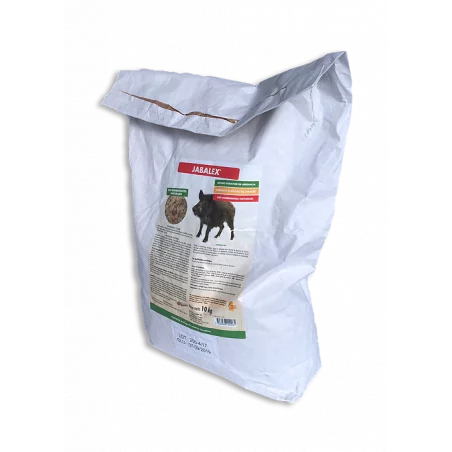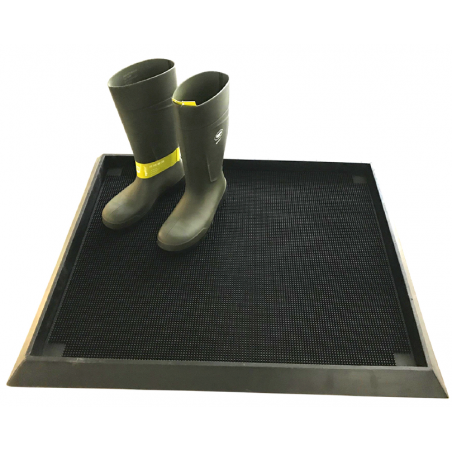The “white zone” is an approximately five-kilometer-wide strip that surrounds the core area in a semicircle in the districts of Oder-Spree, Spree-Neisse and Dahme-Spreewald. This strip has an area of around 285 square kilometers and is secured with two fixed rows of fences - an outer and an inner fence. At the same time, a permanent game protection fence is also being built on the Brandenburg-Polish border along the Oder and Neisse rivers for risk prevention.
Construction of the outer fence of the "white zone" has now begun. The state is coordinating the construction and funding the cost. As soon as both fence rows are completed, the wild boar population in the "white zone" is to be reduced as much as possible in the context of animal disease control.

Fencing the "white zone"
The core area around the locations of confirmed ASF cases was first secured with mobile electric fences. The core area "Sembten/Neuzelle", which affects areas in the districts of Oder-Spree and Spree-Neisse, has a circumference of 60 kilometers. This inner fence is around 40 kilometers long.
The outer fence is more than 50 kilometers in length and runs at least five kilometers away from the inner fence. This outer fence is built taking into account the structure of the landscape and the grazing areas of the wild boar herds there.
The wild boar-proof game protection fence (so-called "knot mesh") will have a height of about 120 centimeters above the ground and will be attached to wooden posts.
The concept of a “white zone” or “zone blanche” was developed in Belgium in 2018. There, in order to prevent African swine fever from spreading westward, the authorities had erected solid fences towards the French border.
October 8, 2020/ MSGIV/ Germany.
https://msgiv.brandenburg.de








